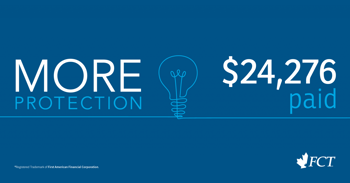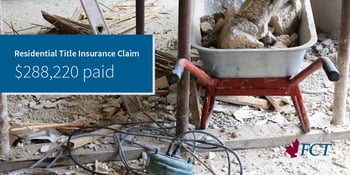
There are many reasons to refinance your home. One of the most common reasons is to get a lower interest rate than the one you initially agreed to, and pay significantly less in interest payments over time. Refinancing your home also means that you can access your home equity and put money in long-term investments like real estate and education.
However, it can be a time-consuming process to apply for a loan, and if you’re not careful, you could miss out on savings if you miss a step. Below, we’ve created a checklist of things to know before refinancing your home so that you’re fully prepared.
1. Decide whether refinancing your home is the right decision
As this is a long-term commitment, you should determine whether you’ll be incurring good or bad debt, according to Canadian Mortgages Inc. While mortgage refinancing might offer lower interest rates, you must determine your current property value as well as values in your region.
It’s a good idea to use your refinancing money towards long-term investments like retirement, for example, through using the money towards home renovations might depend on the individual situation.
In the past, we have outlined how to determine your home’s current equity, which is dependent on two factors: how much of your mortgage you’ve paid off to date, and how much your home has appreciated. In a refinancing situation, you can borrow as much as 80 percent of the appraised value of your home minus the amount owing on your mortgage.
2. Determine whether you can afford the cost of refinancing
While you may be trying to secure better interest rates for your mortgage that can help you in the long run, you should make sure that you can afford the cost of the application fee, title insurance, and closing costs.
Fully understand the payoff amounts and penalties, as the cost to refinance your home depends on how you access your equity. Some lenders will provide you with a “no-cost” refinance, though this means that you will pay a slightly higher interest rate to cover the costs of closing the deal.
Before beginning the application process, take a look at your credit score and ensure you’re in a good place to get a better quote, as this is something that lenders will check.
3. Ensure you have all the correct documents
When moving forward with refinancing, ensure you have the appropriate documents, including pay stubs, tax returns, credit reports and statements of outstanding debt.
Loans Canada advises that your home will be appraised, so ensure you have all the correct documents for that process, including a copy of your property tax assessment bill, home inspection reports, a blueprint of the land and a list of renovations with associated costs. Take note that a typical home inspection will put you back $300 to $400.
4. Find the best refinancing options
According to the Financial Consumer Agency of Canada, there are several options for buying against home equity, including receiving a lump sum into your account in a refinancing, a home equity line of credit and a second mortgage. For each option, there are different caveats.
During your online research, look for a mortgage refinance calculator online to help you determine the best bang for your buck; make sure that you’re checking out several to ensure that you’re making an educated decision.
Another option is to talk to a mortgage professional to assist you in the process of determining options and undergoing the application process.
5. Prepare for a home inspection
In the same way you’d prepare to sell your home, ensure that your house is tidy and organized for an appraiser to come in and make a report. The appraiser’s job is to determine the value of your home, and the visit will likely span up to 45 minutes.
Before the inspection, fix any issues that might put you at risk of having a poor appraisal, including structural issues with the home, plumbing problems and problems with your HVAC and electrical systems.
Many inspections also include a roof appraisal, so also ensure that you have an accessible crawlspace—and that your roof is in good condition with moss and debris cleaned from the gutters and spouts and that damaged tiles are repaired.
Are you thinking of refinancing your home? What hurdles have you faced? Share your thoughts in the comments.










































